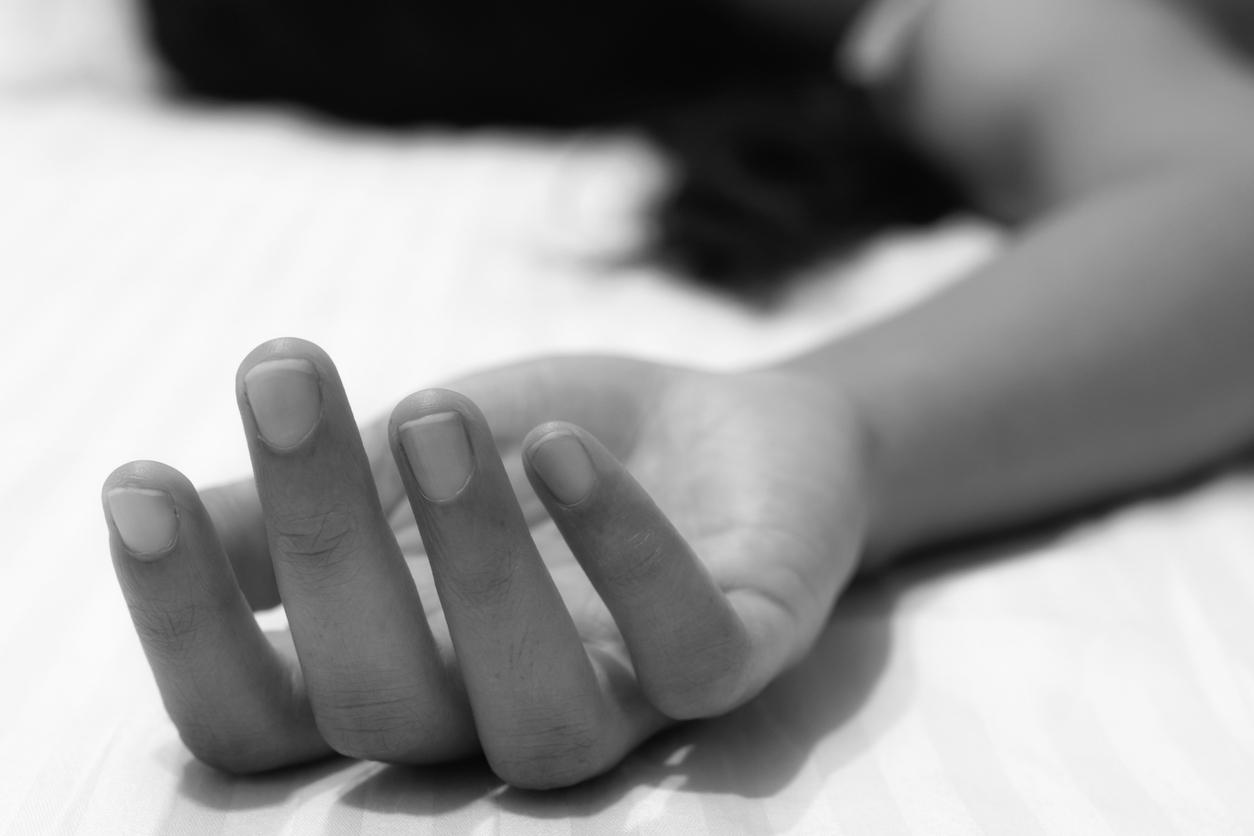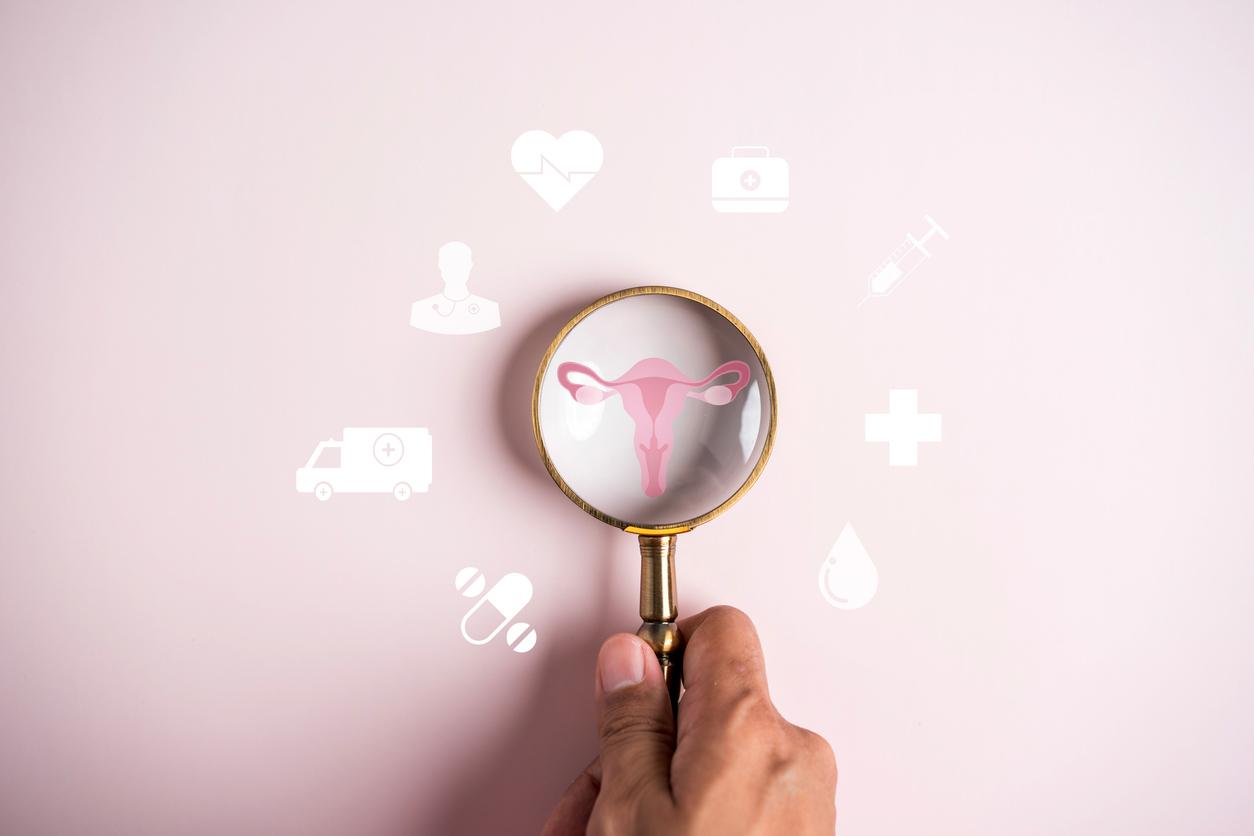Post-anxiety and depressioninfarction would be more common in women than in men, says a new study presented at the annual meeting of the European Society of Cardiology.
Scientists analyzed data from 160 patients admitted to Santariskiu Hospital in Vilnus (Lithuania) following a heart attack.
The patients were interviewed one month after their heart attack, to gather their demographic data, such as their age, their sex, their marital status, or their mental past.
To rule out possible risk factors, the researchers also collected information from patients such as blood pressure, diabetes, smoking or exercise.
The Hospital Anxiety and Depression Scale (HADS) was used here. Patients with a score of 0 to 7 do not haveanxiety or from depression, scores between 8 and 10 indicate possible risk, while scores above 11 correspond to mild to moderate levels of depression and anxiety.
A glaring difference between men and women
Among the sample studied, 25% of patients suffered from depression, and 28.2% of them had used antidepressants.
But the most astonishing, are the disparities observed between men and women. The men had a depression score of 6.87, compared to 8.66 for the women. And for anxiety, the HADS score was 7.18 for men, compared to 8.20 for women.
For now, researchers do not know how to explain such differences.
“Women are under-represented in many clinical studies on myocardial infarction,” said Professor Serpytis, lead author of the study. Our results show that women have a higher risk of suffering from anxiety or depression after a heart attack than men, but so far this conclusion has gone unnoticed. Healthcare professionals should assess the risk of post-heart attack anxiety and depression, especially in women, so that treatment can be given in a timely manner. “
Especially since the study emphasizes that a vicious circle can ensue: depressive patients after a heart attack are six times more likely to die within 6 months than non-depressive patients.


















